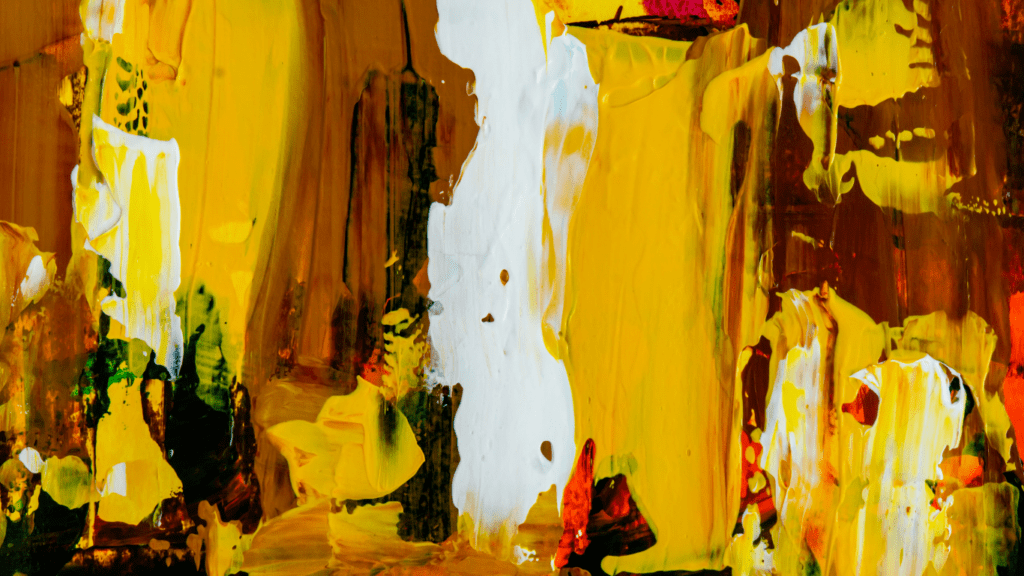Historical Background
Impressionism emerged during the late 19th century, marking a significant shift in the art world. This movement defied traditional norms, focusing on the beauty of fleeting moments and natural light.
Origins of Impressionism
Impressionism began in France in the 1860s, rooted in a response to the formal and rigid constraints of academic painting. Artists sought to capture ordinary scenes, using new techniques to portray the effects of light and color. The term “Impressionism” comes from Claude Monet’s painting “Impression, Sunrise,” exhibited in 1874. This exhibit, organized by the Société Anonyme Coopérative des Artistes Peintres, Sculpteurs, Graveurs, signaled the official start of the movement.
Key Artists and Movements
Several notable artists drove Impressionism forward. Claude Monet, known for his landscape and garden scenes, played a pivotal role. Pierre-Auguste Renoir focused on human figures, capturing joyful scenes of Parisian life. Camille Pissarro depicted rural settings, showing changes in light throughout the day.
The movement’s influences extended beyond France. Artists like Mary Cassatt, an American, introduced Impressionist techniques to the United States. The movement also inspired later developments in art, such as Post-Impressionism, with artists like Vincent van Gogh building upon its principles.
Impressionism’s emphasis on spontaneity, light, and everyday subjects fundamentally transformed artistic perspectives, leaving a lasting legacy on the art world.
Defining Characteristics of Impressionism

Impressionism redefined the art of the late 19th century by introducing unique techniques and focusing on specific artistic elements. Below are the core characteristics that distinguish Impressionism from other art movements.
Brushstroke Techniques
Impressionist artists utilized short, visible brushstrokes in their paintings, departing from the traditional smooth, blended brushwork. These strokes often appeared as dabs or patches, which collectively created a vibrant and dynamic texture. For example, Claude Monet’s “Water Lilies” exemplifies this method, with each stroke adding depth and movement to the piece.
Use of Light and Color
Impressionism prioritized the depiction of natural light and its varying effects on scenes. Artists often painted outdoors to capture the authentic interplay of sunlight, shadow, and color. They employed pure, unmixed colors directly on the canvas, allowing the viewer’s eye to blend them optically. In “Impression, Sunrise” by Monet, the use of light and color creates an almost ethereal atmosphere, emphasizing the fleeting nature of the moment.
Focus on Everyday Scenes
Impressionists chose subjects from daily life, portraying ordinary scenes rather than historical or mythological themes. This approach democratized art by depicting the beauty in mundane activities and common surroundings. Pierre-Auguste Renoir’s “Luncheon of the Boating Party” showcases a typical social gathering, highlighting the joy and spontaneity of everyday interactions.
Major Works and Their Impact
Exploring the major artworks of Impressionism reveals the movement’s depth and influence. Key pieces by Monet, Renoir, and Degas offer rich examples of this transformative style.
Monet’s Water Lilies
Monet’s “Water Lilies” series, created between 1897 and 1926, epitomizes Impressionist focus on light and atmosphere. Each painting captures the same scene at different times, showcasing natural light variations. Monet’s use of color and brushstroke conveys a sense of motion and change. These works had a profound impact on subsequent art movements, influencing Abstract Expressionists like Mark Rothko. The series is often cited as a crucial link between Impressionism and modern abstract art.
Renoir’s Dance at Le Moulin de la Galette
Renoir’s “Dance at Le Moulin de la Galette” (1876) vividly captures a bustling outdoor dance scene in Paris. The painting uses vibrant colors and dynamic brushstrokes to portray light and shadow, creating a lively atmosphere. Renoir’s focus on ordinary Parisian life exemplifies Impressionism’s departure from historical and mythological subjects. This piece helped cement Renoir’s reputation and solidify Impressionism’s role in depicting contemporary social settings, influencing future artists’ approach to genre scenes.
Degas’ Ballet Rehearsal
Degas’ “Ballet Rehearsal” (1874) offers an intimate look at behind-the-scenes ballet life. Utilizing pastels and oils, Degas brings movement and spontaneity to the composition, highlighting his mastery of detail and light. His unique perspective and asymmetrical arrangements break from traditional compositions, influencing the development of modern art. Degas’ focus on urban leisure activities provided a fresh narrative perspective, differentiating Impressionism from earlier art forms focused on grand, static subjects.
Influence on Modern Art
The impact of Impressionism on modern art can’t be overstated. This movement laid the groundwork for subsequent artistic innovations, providing a fresh perspective on technique and subject matter.
Transition to Post-Impressionism
- Impressionism directly led to Post-Impressionism. While Impressionists focused on light and natural scenes, Post-Impressionists like Vincent van Gogh and Paul Cézanne pushed these boundaries.
- They experimented with bold colors, thick application of paint, and abstract forms. For example, van Gogh’s “Starry Night” used vivid hues and swirling patterns to convey emotion.
- Similarly, Cézanne’s “Mont Sainte-Victoire” series utilized geometric forms to portray nature, laying the foundation for Cubism. These artists retained the core of Impressionism but expanded its expressive potential.
Legacy of Impressionist Techniques
- Impressionist techniques have significantly influenced modern art. The emphasis on light and color can be seen in movements like Fauvism and Abstract Expressionism.
- Henri Matisse, a leading Fauvist, adopted the bright, unmodulated colors of Impressionism. His work, “Woman with a Hat,” showcases bold color application, a trait inherited from the Impressionist palette.
- Abstract Expressionists, like Jackson Pollock, took the spontaneous brushwork of Impressionists to new levels. Pollock’s drip paintings embody the freedom and emotion evoked by Impressionist artists.
Through these techniques, Impressionism continues to inspire and shape the direction of contemporary art practices.





